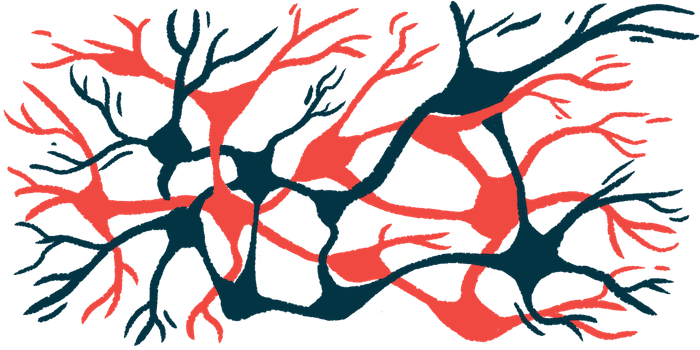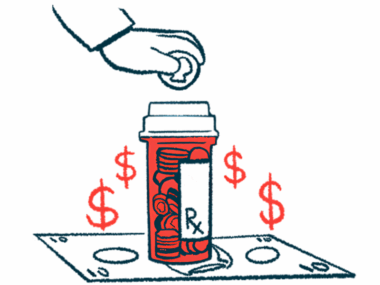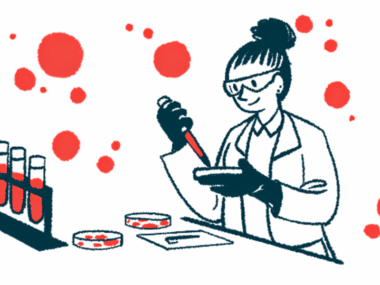Findings in fruit flies could lead to new Parkinson’s stem cell therapies
Scientists investigate ways to 'wake up' neural stem cells in study
Written by |

A process known as SUMOylation plays an important role in the so-called waking up of neural stem cells, a type of cell in the brain that can self-renew and mature into nerve cells, according to a new study in fruit flies by an international team of researchers led by Duke-NUS Medical School scientists.
During SUMOylation, a small protein known as SUMO tags target proteins to rapidly and reversibly alter their activity and function. These SUMO-tagged proteins trigger the reactivation of dormant neural stem cells, which can then contribute to brain development and repair.
Given that SUMOylation goes awry in neurodegenerative conditions, like Parkinson’s disease, the researchers believe that a better understanding of SUMOylation, and particularly, how it can be harnessed to reactivate regenerative neural stem cells, could lead to improved treatments for neurological conditions — potentially, new stem cell therapies.
“Given that SUMO proteins … are highly conserved in humans, our findings aren’t just relevant for fruit flies. They’re also important for understanding human biology,” Wang Hongyan, PhD, the study’s senior author and the acting program director of the neuroscience and behavioral disorders program at Duke-NUS Medical School, said in a university news story. Duke-NUS Medical School is a collaboration between Duke University in the U.S. and the National University of Singapore, and is based in Singapore.
“Disruptions in the SUMOylation process … are linked to various illnesses in humans, including cancer and neurodegenerative diseases, like Alzheimer’s and Parkinson’s disease,” Hongyan added.
The study, “SUMOylation of Warts kinase promotes neural stem cell reactivation,” was published in the journal Nature Communications.
Discoveries could potentially lead to less invasive stem cell therapies
Parkinson’s is a disease characterized by the loss of nerve cells that produce dopamine, an important molecule used in communication between nerve cells. The loss of these dopamine-producing cells leads to motor symptoms, including issues with movement and balance.
Neural stem cells, the source of nerve cells in the brain, enter a dormant state after their initial development. When the brain is injured or diseased, these neural stem cells can re-awaken and become new nerve cells, helping the brain recover. However, neural stem cell reactivation lessens with age, contributing to many neurological conditions.
Researchers believe that regeneration of nerve cells using neural stem cells could replace damaged or dead dopamine-producing cells in the brains of Parkinson’s patients. Some stem cell-based therapies are under investigation for Parkinson’s, but often involve invasive surgical intervention to implant the stem cells.
In contrast, SUMOylation is a naturally occurring process that researchers can use to essentially wake up neural stem cells, opening potential new therapeutic avenues.
“Our new insights into the role of SUMOylation in the brain [open] exciting new opportunities for interventions that could lead to targeted therapies that harness the body’s own regenerative powers,” Hongyan said.
In this study, the researchers found that, within the brain of fruit flies, SUMO proteins tag a key protein, Warts, in a cellular pathway called Hippo. The Hippo pathway is known to be important in many cellular processes, but very few regulators of this pathway in the brain are known.
SUMOylation of Warts, which normally limits cell growth, leads the Warts protein to be less effective. This, in turn, leads to greater growth and cell division by neural stem cells, allowing them to form new nerve cells that contribute to brain function.
Blocking SUMOylation in fruit flies caused defects in the re-awakening of neural stem cells, suggesting this is a critical process involved in rousing neural stem cells from dormancy, according to the researchers.
Our new insights into the role of SUMOylation in the brain [open] exciting new opportunities for interventions that could lead to targeted therapies that harness the body’s own regenerative powers.
Dysregulation of the Hippo pathway, as well as SUMOylation, are both believed to contribute to neurodegenerative diseases.
Additional experiments implicated SUMO proteins in brain development. When these proteins were absent, normal neuronal development was impaired and the fruit flies developed undersized brains.
The researchers say this is the first study to demonstrate a clear role for SUMOylation via modification of the Warts protein in neural stem cell reactivation and brain development.
According to Patrick Tan, senior vice dean for research at Duke-NUS, “this discovery advances our understanding of how cells work and are controlled, informing the development of new regenerative therapeutics for neurodegenerative diseases” such as Parkinson’s and Alzheimer’s.
“As research continues, we move closer to finding effective ways to help people with these disorders and improve their quality of life,” Tan said.






